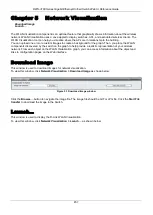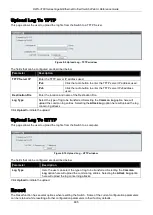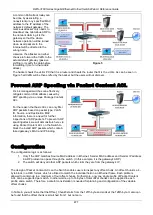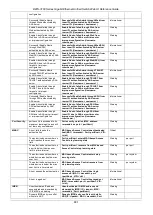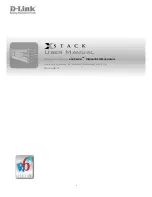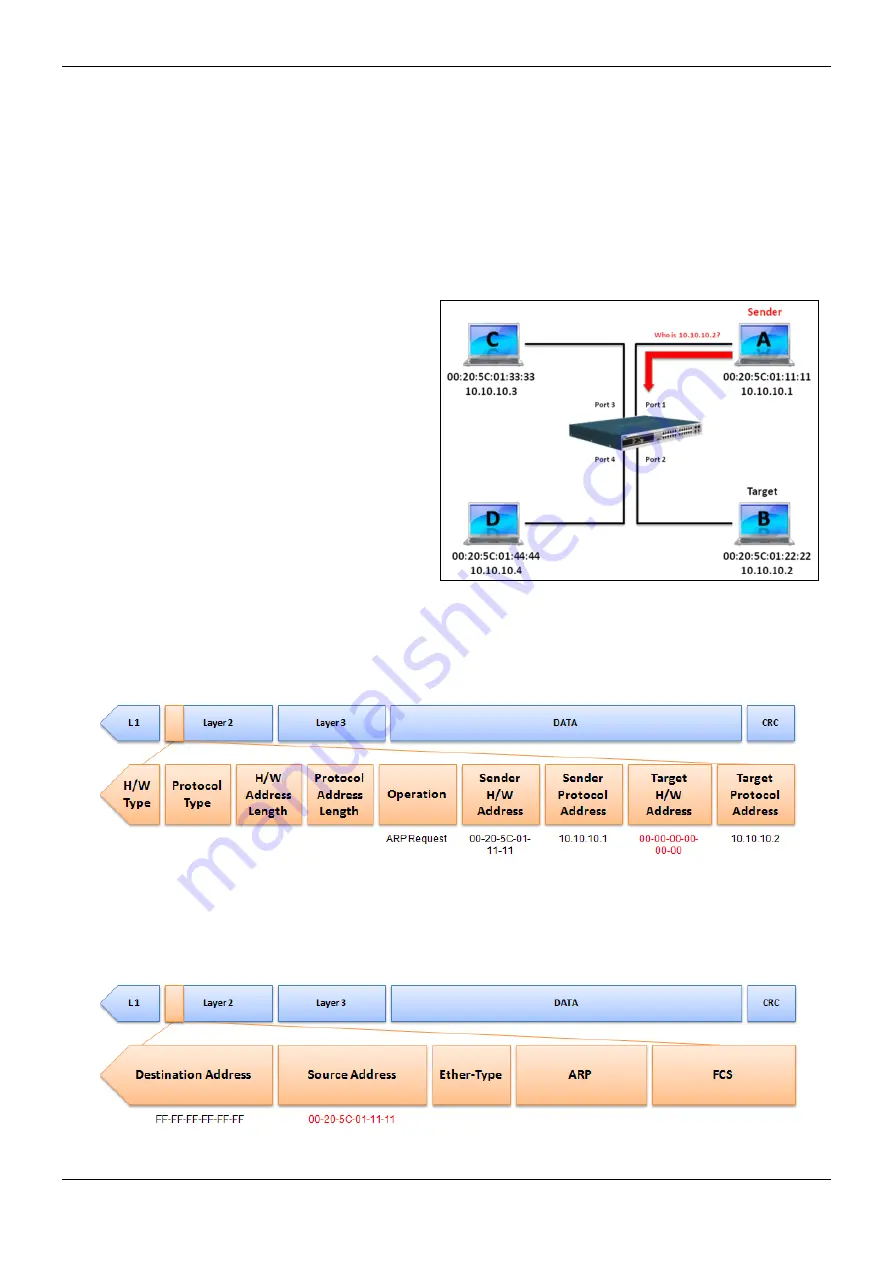
DWS-3160 Series Gigabit Ethernet Unified Switch Web UI Reference Guide
468
Appendices
Appendix A Mitigating ARP Spoofing Attacks
Using Packet Content ACL
How Address Resolution Protocol works
Address Resolution Protocol (ARP) is the standard
method for finding a host’s hardware address
(MAC address) when only its IP address is known.
However, this protocol is vulnerable because
crackers can spoof the IP and MAC information in
the ARP packets to attack a LAN (known as ARP
spoofing). This document is intended to introduce
the ARP protocol, ARP spoofing attacks, and the
countermeasures brought by D-Link’s switches to
thwart ARP spoofing attacks.
In the process of ARP, PC A will first issue an ARP
request to query PC B’s MAC address. The
network structure is shown in Figure 1.
Figure 1
In the meantime, PC A’s MAC address will be written into the “Sender H/W Address” and its IP address will be
written into the “Sender Protocol Address” in the ARP payload. As PC B’s MAC address is unknown, the “Target
H/W Address” will be “00-00-00-00-00-00,” while PC B’s IP address will be written into the “Target Protocol
Address,” shown in Table1.
Table 1 ARP Payload
The ARP request will be encapsulated into an Ethernet frame and sent out. As can be seen in Table 2, the “Source
Address” in the Ethernet frame will be PC A’s MAC address. Since an ARP request is sent via broadcast, the
“Destination address” is in a format of Ethernet broadcast (FF-FF-FF-FF-FF-FF).
Table 2 Ethernet Frame Format




